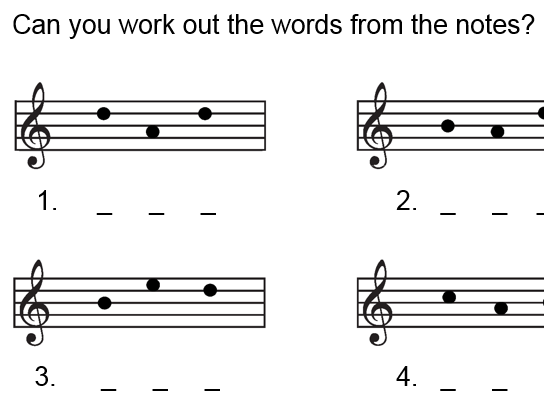Susannah's Music Resources Shop
I have been a singing and music teacher for twenty years and, although there are some amazing resources out there, sometimes I wanted something slightly different. So, I started creating my own and have listed some of them here. Enjoy!





















